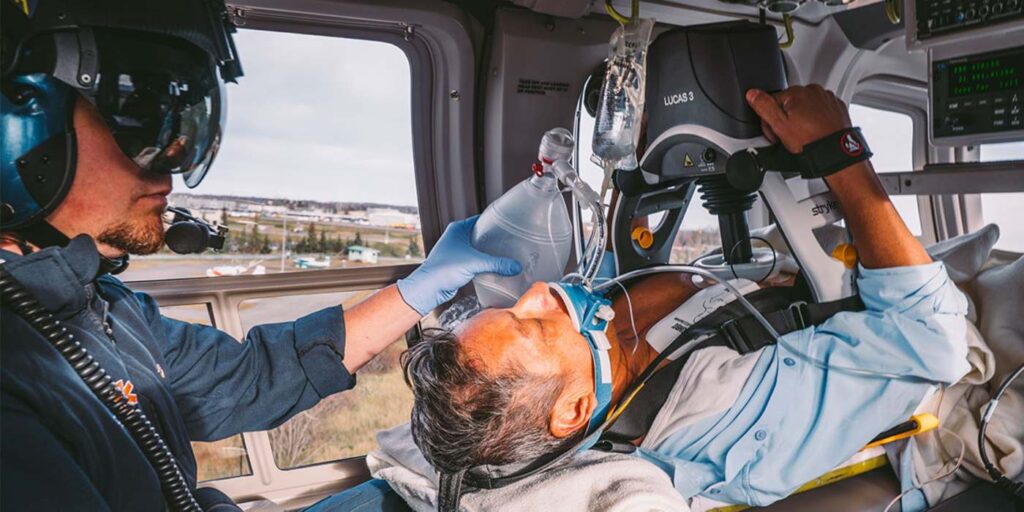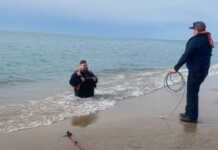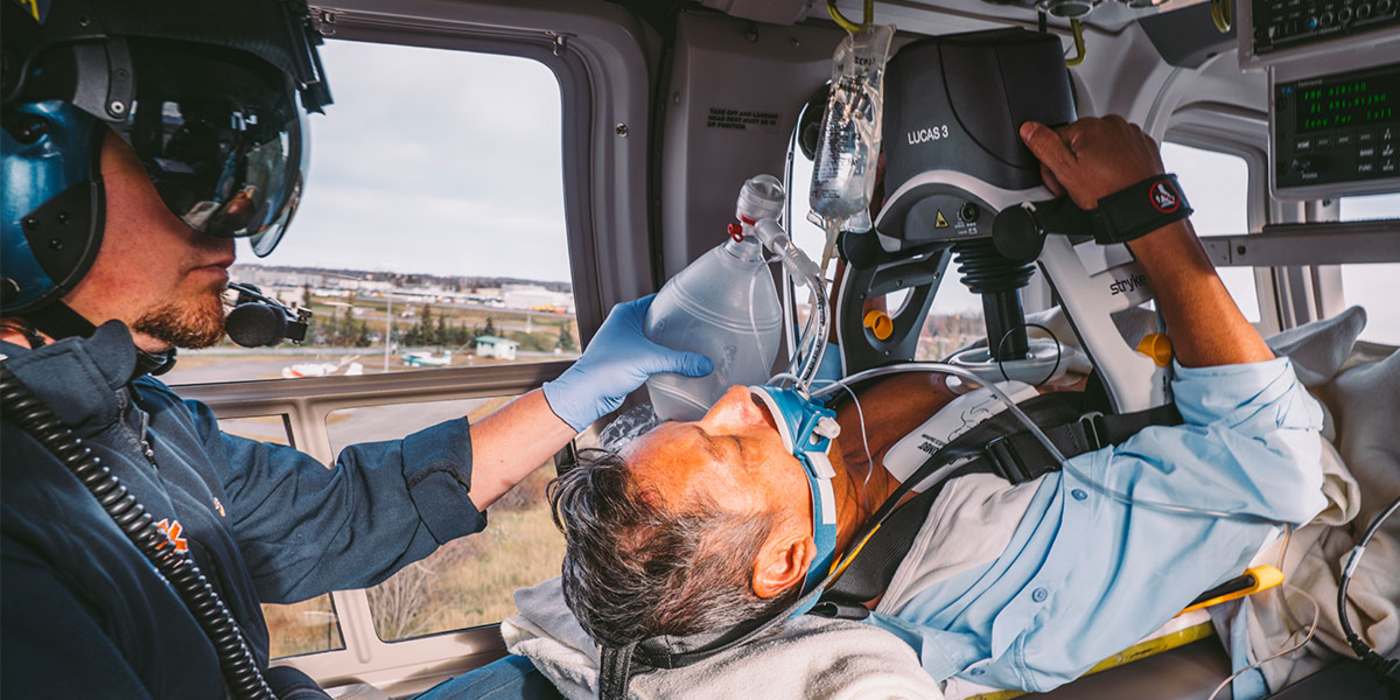
Normally limited to listening to your every request for music to play in your living room or assembling things in a factory, a robot paramedic that can perform CPR will soon be joining first responder teams across the south of England.
For the very first time, an automaton has been made that can perform the life-saving chest compression—a vital part of sustaining oxygen flow through the body during cardiac arrest.
Called the LUCAS-3, its performance of CPR will free up paramedic hands for other tasks, which could be essential for ensuring patient survival.
The South Central Ambulance Service (SCAS) will be the first one to receive the robot, which costs £12,000 ($17,000), for their servicing of Hampshire, Berkshire, Buckinghamshire, and Oxfordshire. The SCAS Charity funded the purchasing of 28 for the purpose of equipping their ambulances.
An SCAS spokesman said: “Once paramedics arrive and begin CPR or take over from bystanders who may have initiated it, the transition from manual compressions to LUCAS can be completed within seven seconds, ensuring continuity of compressions.”
LUCAS works through Bluetooth connectivity, and performs CPR according to various inputs such as time between compressions, force of compressions, or according the guidelines of medical institutions.
Dr. John Black, medical director at SCAS, said: “We know that delivering high quality and uninterrupted chest compressions in cardiac arrest is one of the major determinants of survival to hospital discharge but it can be very challenging for a number of reasons.”
RELATED: Pentagon is Funding Ultrasound Devices That Prevent Tissue Death After Spinal Cord Injuries
“People can become fatigued when performing CPR manually which then affects the rate and quality of compressions, and patients may need to be moved from difficult locations, such as down a narrow flight of stairs, or remote places which impedes the process.”
LUCAS’ big day has finally come, but it’s taken as long is it takes a student to finish medical school before he was ready for the jump to live action—the current iteration is based on a model that was first tested by the University of Warwick back in 2014.
CURE Your Friends With a Little Good News—Share This Story on Social Media…




















